| |||||||||
| Decades: | |||||||||
|---|---|---|---|---|---|---|---|---|---|
| See also: | |||||||||
The following lists events that happened during 1849 in South Africa .
| |||||||||
| Decades: | |||||||||
|---|---|---|---|---|---|---|---|---|---|
| See also: | |||||||||
The following lists events that happened during 1849 in South Africa .

People Against Gangsterism and Drugs (PAGAD) is a group formed in 1996 in the Cape Flats area of Cape Town, South Africa. The organisation came to prominence for acts against gangsters, including arson and murder.

The Diocesan College is a private, English medium, boarding and day high school for boys situated in the suburb of Rondebosch in Cape Town in the Western Cape province of South Africa. The school was established on 2 October 1849 by the Anglican Bishop of Cape Town.
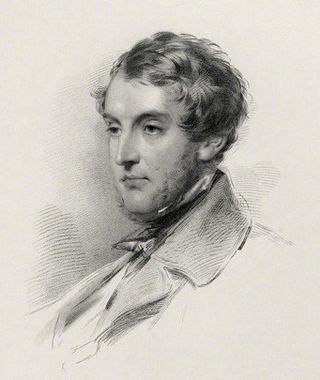
Charles Bowyer Adderley, 1st Baron Norton was a British Conservative politician.
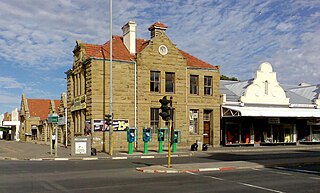
Aliwal North is a town in central South Africa on the banks of the Orange River, Eastern Cape Province. It is a medium-sized commercial centre in the northernmost part of the Eastern Cape. The Dutch Reformed Church was built in 1855.
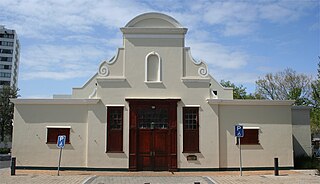
The Southern Suburbs are a group of Anglophone suburbs in Cape Town, Western Cape, South Africa. This group includes, among others, Observatory, Mowbray, Pinelands, Rosebank, Rondebosch, Rondebosch East, Newlands, Claremont, Lansdowne, Kenilworth, Bishopscourt, Constantia, Wynberg, Ottery, Plumstead, Diep River, Bergvliet and Tokai. The area is also commonly referred to as the Cape Peninsula, often including the towns further South such as Fish Hoek.

Robert Gray was the first Anglican Bishop of Cape Town.

Adderley Street is a street in Cape Town, South Africa. It is considered the main street of the central business district (downtown) of Cape Town. The Christmas lights, night markets, main train station and numerous shops and restaurants and office towers are on this thoroughfare.

The Iziko South African National Gallery is the national art gallery of South Africa located in Cape Town. It became part of the Iziko collection of museums – as managed by the Department of Arts and Culture – in 2001. It then became an agency of the Department of Arts and Culture. Its collection consists largely of Dutch, French and British works from the 17th to the 19th century. This includes lithographs, etchings and some early 20th-century British paintings. Contemporary art work displayed in the gallery is selected from many of South Africa's communities and the gallery houses an authoritative collection of sculpture and beadwork.
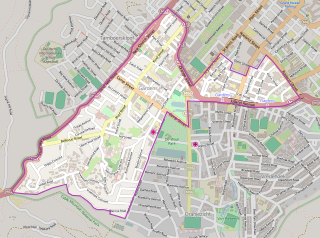
Gardens is an affluent inner-city suburb of Cape Town located just to the south of the city centre located in the higher elevations of the "City Bowl" and directly beneath Table Mountain and Lion's Head. It is home to several national museums such as Iziko South African National Gallery and the Iziko South African Museum. The University of Cape Town also houses its Fine Arts department in the suburb, at Michaelis School of Fine Art. Company's Garden, South Africa's oldest garden, a public park and heritage site is a focal point of the suburb. The area is also home to the oldest synagogue in Southern Africa, the Old Shul and its successor, the Gardens Shul, "The Mother Synagogue of South Africa."

Green Point is an affluent suburb on the Atlantic Seaboard of Cape Town, South Africa located to the north west of the central business district. It is home to Cape Town Stadium, a major sporting venue that was built for the 2010 FIFA World Cup. Sea Point promenade runs through the suburb, connecting it to Three Anchor Bay and Sea Point, a popular Jewish neighbourhood. Somerset Road forms the main thoroughfare lined by restaurants, cafés, delis, boutiques and nightclubs.
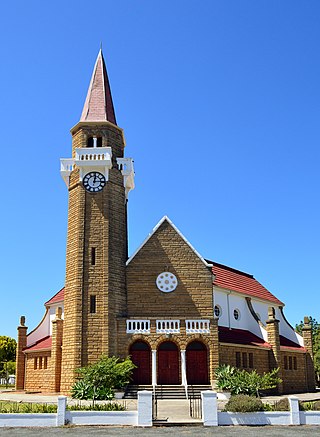
Stanford is a small riverside village in Overberg District Municipality in the Western Cape province of South Africa. Located 16 km east of Hermanus and 22 km north-east of Gansbaai.
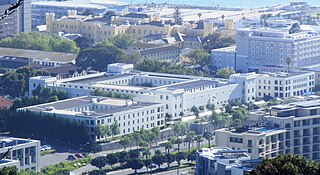
The Breakwater Lodge in the Victoria & Alfred Waterfront, Cape Town, South Africa was built as a prison in 1859. It is now part of the University of Cape Town and a hotel.
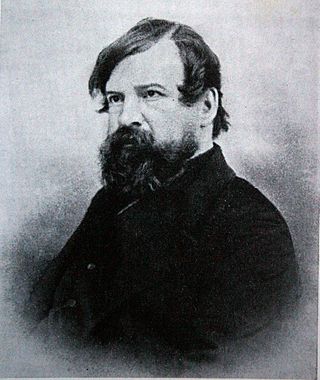
Thomas William Bowler, was a self-taught British landscape painter who lived for some years at the Cape of Good Hope, and published a series of views of Cape Town and its neighbourhood. He is notable for having depicted some 35 years of the Cape's history in landscapes and seascapes.
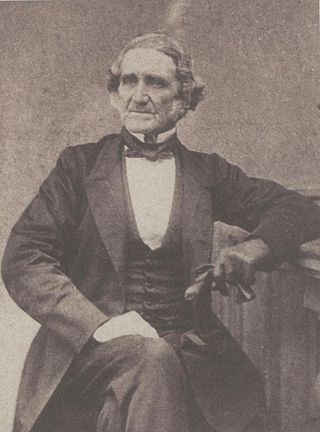
Hercules Crosse Jarvis MLC, MLA, was a mayor of Cape Town and a powerful merchant of the Cape Colony.

The Cecil John Rhodes Statue is a monument erected at Company's Garden in Cape Town. The statue was erected in 1908. It features a full body replica of Cecil Rhodes wearing a three-piece suit, standing with his left hand raised and pointing north. It has been compared to the Jan van Riebeeck statue, which faces south and asserts a different sense of occupation. Despite its size, the present location of the monument in the Company's Garden makes it less significant in comparison to that of Jan Smuts at Adderley Street, Cape Town, a location that had been considered for the placement of the Rhodes statue.
The following is a timeline of the history of Cape Town in the Western Cape province of South Africa.

The Cenotaph is a war memorial on Heerengracht Street in Cape Town. The city's annual Remembrance Day ceremonies are held there. It is classified as a public memorial and as such is subject to protection in terms of heritage legislation administered by Heritage Western Cape, the provincial heritage resources authority of the Western Cape province of South Africa.
Fredrick Stephanus Watermeyer, informally known simply as "Fred" or "Frank", was a journalist, advocate and a prominent Member of the Cape Legislative Assembly.

The Slave Lodge is a South African social history museum located in Cape Town. It has been on its present site in the Company's Garden.

The Convict crisis, also known as the "Anti-convict demonstrations" or "Anti-convict agitation" or "Cape Town anti-convict petition" was a period of civil unrest and protesting, lasting from 4 July 1849 to February 1850, in the Cape Colony. It was caused by the prospect of the British authorities making the Cape Colony a penal colony and was triggered by the arrival off the coast of Cape Town of a ship, The Neptune, carrying 288 ticket-of-leave convicts from Ireland. The event was important in forming a distinct political identity in the Cape and strengthening the movement for self government.
See Years in South Africa for list of References